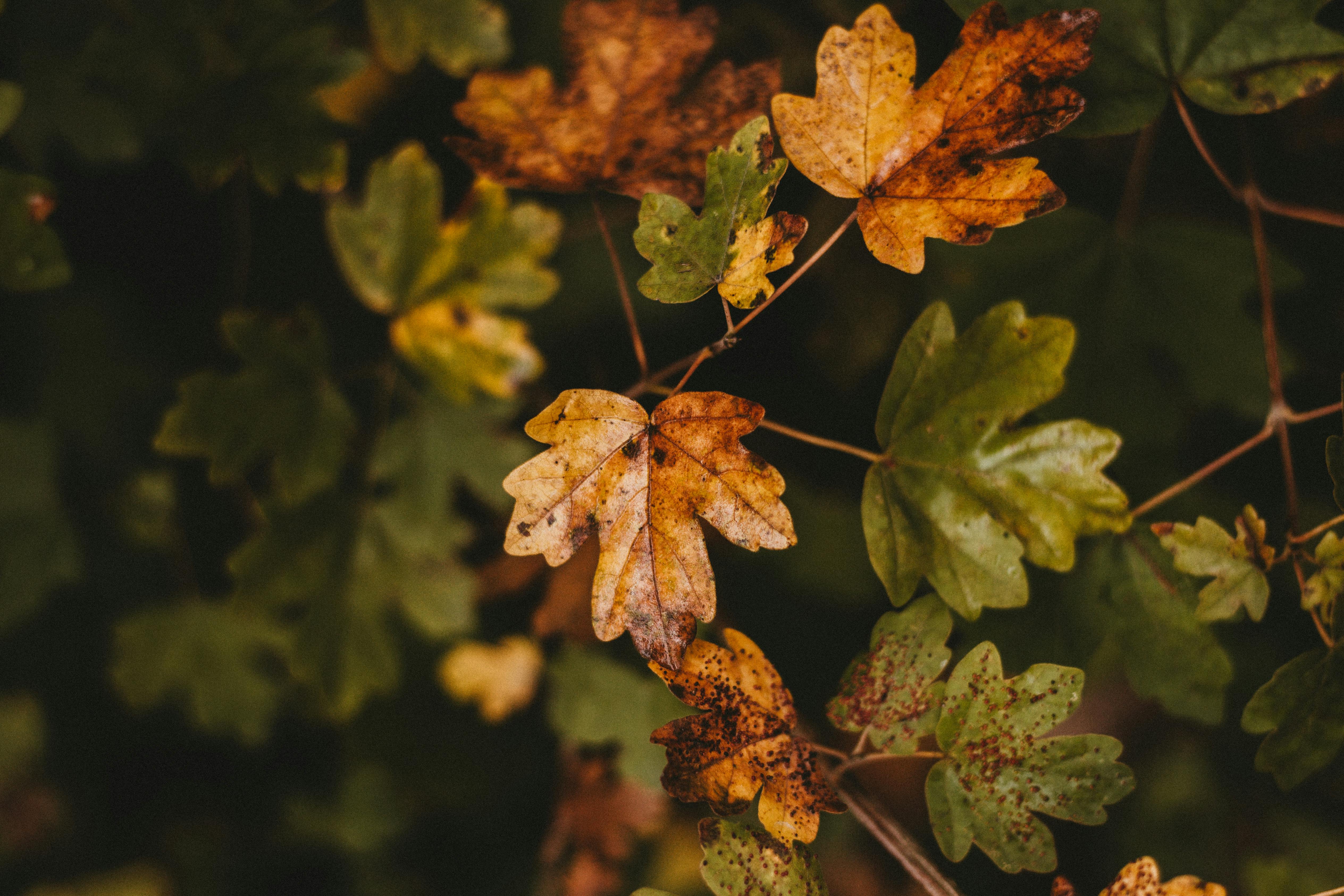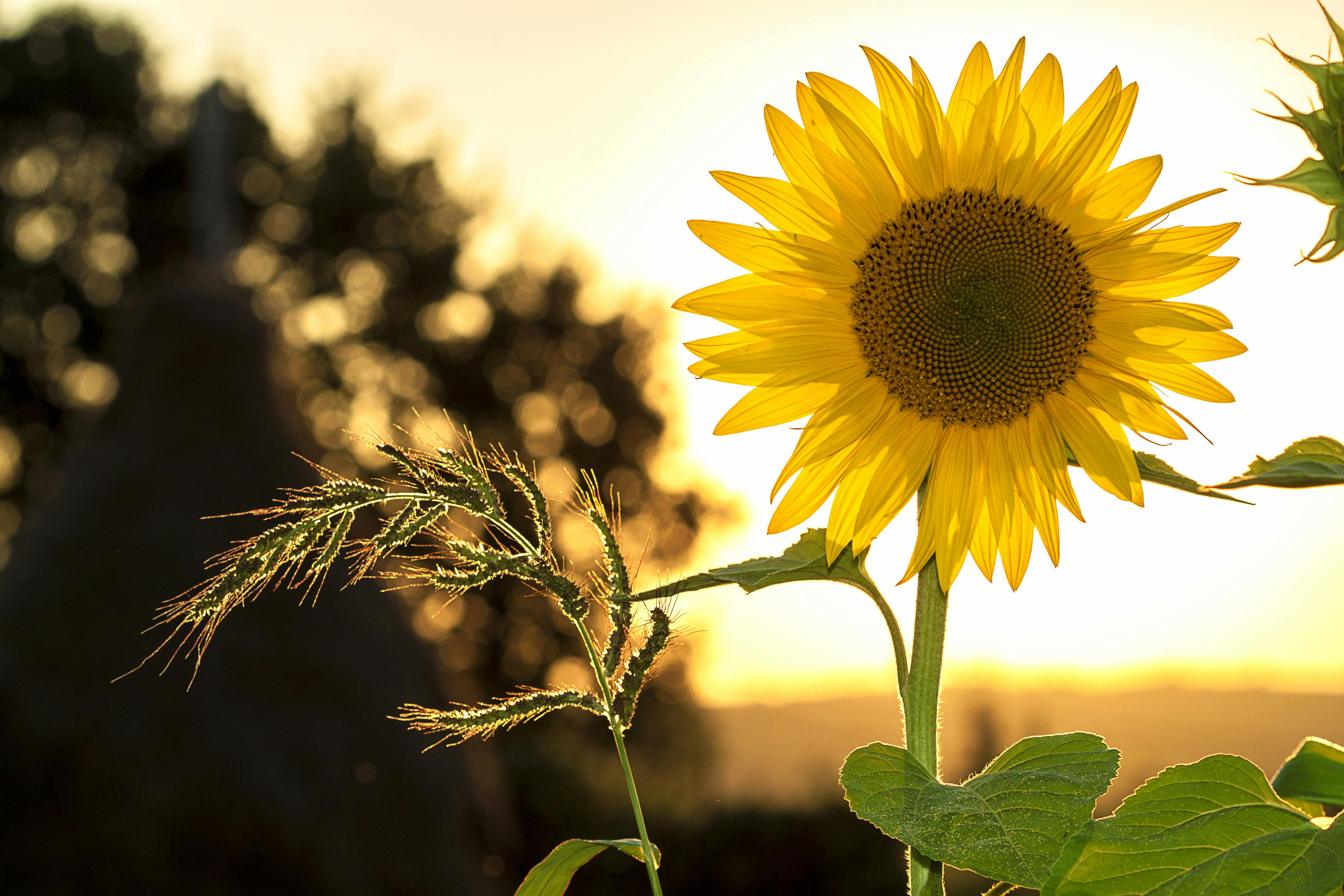Yellowing Yucca Plant Symptoms
Yucca plants are prized for their hardy, drought-tolerant nature and their beautiful, evergreen foliage. Unfortunately, even a healthy Yucca plant can turn yellow. Yellowing leaves can be a sign of several different problems, from environmental issues to nutrient deficiencies. Understanding the symptoms of a Yucca plant turning yellow can help you determine the cause and take steps to correct it.
One common cause of yellowing leaves is an excess or lack of sunlight. Yucca plants prefer full sun but too much sun can cause the leaves to bleach and turn yellow. On the other hand, not enough sunlight can also result in yellowing leaves as the plant struggles to photosynthesize in low light conditions.
If your Yucca plant is receiving adequate sunlight, the problem may be due to overwatering or underwatering. Too much water can cause root rot that results in yellow leaves and wilting foliage. Not enough water can also lead to yellow leaves as the plant struggles to get enough moisture from the soil.
Another possible cause of yellowing in Yucca plants is nutrient deficiencies. Commonly deficient nutrients in Yucca plants include nitrogen and phosphorus. A soil test can help you determine if these nutrients are lacking and help you adjust your fertilization schedule accordingly.
Finally, another possible reason for a Yucca plant turning yellow is pests or diseases such as root rot, spider mites, or scale insects. Inspect your plant for signs of pests or diseases such as discolored patches on the leaves or stems, webbing on new growth, or small white spots on mature foliage. Treat any pests or diseases promptly with an appropriate insecticide or fungicide to prevent further damage to your plant.
In summary, understanding why your Yucca plant is turning yellow is important in order to take steps to correct the problem and restore its health and beauty. Environmental issues such as too much or too little sunlight may be causing discoloration; however, nutrient deficiencies and pests/diseases should also be ruled out before beginning any corrective action.
Diagnosing the Underlying Problem of a Yucca Plant Turning Yellow
When a yucca plant turns yellow, it is usually an indication that something is wrong with the plant. It could be caused by a variety of factors, from environmental stressors to disease. To determine the underlying problem causing the yellowing of your yucca plant, you should begin by examining the leaves and determining if there are any other visible signs or symptoms.
If you find that the leaves are curled or wilted, this could indicate that the plant is not receiving enough water. If this is the case, you should increase watering frequency and examine whether this helps alleviate the problem. You should also check if there are any signs of pests such as small white flies or aphids on the leaves and stems of your yucca plant. If so, then you may need to use an insecticide to treat them.
Another possibility for a yucca turning yellow could be due to excessive sunlight exposure. If your plant is placed in direct sunlight for too long, it can cause its leaves to turn yellow or even brown and dry out completely. To prevent this from occurring, you should move your yucca plant to an area with filtered light or shade if possible.
In some cases, a yucca turning yellow can be caused by disease. This can include bacterial or fungal infections which can cause spots on the leaves and stems as well as discoloration of them. If you notice any unusual spots on your yucca plant’s leaves or stems, then it may be best to take it to a nursery for inspection and treatment if necessary.
Overall, diagnosing why your yucca plant has turned yellow requires careful observation and examination in order to determine what could be causing it. Once you have determined what is causing the issue, then you can take appropriate steps in order to try and resolve it quickly so that your yucca will regain its vibrant green hue once again!
How to Fix a Yucca Plant Turning Yellow
Yucca plants are known to be drought-tolerant and can survive in many indoor environments. However, if your Yucca plant is turning yellow, there are a few things you can do to help restore its health. With proper care, you can help bring your Yucca plant back to its former glory. Here are some tips for fixing a Yucca plant that is turning yellow.
The first step is to determine the cause of the yellowing. If there is too much water present, it could be overwatering or root rot caused by poor drainage. If the soil is dry and the leaves are wilting and turning yellow, it could be due to under-watering or dehydration. Check for signs of insects such as aphids or mealybugs that may be sucking out the moisture from your plant.
Once you have identified the cause of the yellowing, you can take steps to fix it. If you find that your Yucca plant is suffering from overwatering or root rot, reduce watering and make sure that the soil has good drainage. If your Yucca plant is dehydrated, increase watering but make sure not to overwater as this can lead to other issues such as root rot.
In addition to adjusting the amount of water, check the lighting conditions in which your Yucca plant is growing. Make sure that it has enough light but not too much direct sunlight which can cause burning of the leaves and stems. Move your Yucca plant if necessary so that it gets enough light but not too much direct sunlight.
Finally, fertilize your Yucca plant if necessary using a balanced fertilizer with equal amounts of nitrogen, phosphorus and potassium (NPK). This will help boost overall health and keep your Yucca looking its best!

Preparing Soil for Your Yucca Plant to Help Prevent it from Turning Yellow
When planting a yucca plant, it is important to ensure that the soil is prepared properly to help prevent it from turning yellow. The best soil for a yucca plant is one that is well-draining and slightly acidic. It should also have plenty of organic matter, such as compost or manure, to provide adequate nutrients. Before planting, it is important to mix the soil with fertilizer and water it thoroughly so that the yucca plant has an optimal growing environment. After this is done, the soil should be checked regularly for moisture levels and adjusted accordingly. If the soil becomes too dry, water should be added to keep it moist but not soggy. Additionally, mulch or gravel can be added around the yucca plant to help with water retention and prevent weeds from taking root. With proper preparation of the soil and regular monitoring of moisture levels, you can ensure your yucca plant stays healthy and vibrant for many years to come.
Watering Your Yucca Plant Properly to Prevent it From Turning Yellow
Yucca plants are beautiful additions to any home or garden. They are hardy and adaptable, but they do require proper care in order to stay healthy and vibrant. One of the most important factors for keeping your Yucca plant happy is making sure it is properly watered. Too much or too little water can cause yellowing leaves, stunted growth, and even death. Here are some tips for ensuring your Yucca plant is getting the right amount of water:
First, make sure the soil is well-draining and not overly wet. If the soil is staying too wet for too long, it can lead to root rot which will eventually kill the plant. It’s important to water your Yucca deeply but infrequently so that the soil has time to dry out between watering sessions. A good rule of thumb is to wait until the top inch or two of soil feels dry before watering again.
It’s also important to keep an eye on humidity levels in your home or garden as this can affect how much water your Yucca needs. If you have a very dry home, then you may need to increase the frequency of watering slightly in order to keep your Yucca from drying out too quickly. On the other hand, if you have a humid environment, then you may need to reduce the frequency of watering slightly so that your plant does not become over-saturated with moisture.
Finally, it’s important to remember that over-watering can be just as detrimental as under-watering when it comes to keeping your Yucca healthy and vibrant. Be sure to check the soil regularly and water only when necessary in order to prevent yellow leaves or other signs of distress from appearing on your Yucca plant. With these tips in mind, you should be able to keep your beloved Yucca healthy and thriving for many years!
Making Sure Your Yucca Plant Gets Enough Sunlight to Prevent it From Turning Yellow
Ensuring that your yucca plant gets enough sunlight is essential to keeping it healthy and vibrant. Without the right amount of light, your yucca plant can start to turn yellow, leading to a decrease in its overall health. Providing your yucca with enough sunlight is also important for promoting growth and keeping the leaves a lush green color. Here are some tips for making sure that your yucca plant gets enough sunlight.
When deciding where to put your yucca plant, make sure it’s somewhere that gets a good amount of direct sunlight each day. Direct sunlight is essential for the yucca’s growth and health, so try to find an area with at least six hours of direct sun each day. If you live in an area with lots of clouds or heavy shade, then you may need to find a spot with more hours of direct sun than usual.
If you can’t find an outdoor spot with enough direct sun, try moving your yucca indoors near a bright window or under grow lights. You can also supplement natural light with grow lights if your outdoor area doesn’t get enough sunlight. Just make sure that the lights are placed close enough to the plant so that it receives adequate light throughout the day.
Finally, be mindful of how much light your yucca gets during different times of year when there are fewer hours of daylight or when certain areas may be shadier than others due to trees or buildings blocking the sun’s rays. Move the plant around as needed so that it always receives adequate amounts of sunlight no matter what time of year it is.
By following these tips, you can help ensure that your yucca plant gets enough sunlight and stays healthy and vibrant all year round!

Conclusion
Overall, yellowing of a yucca plant is a sign of distress and is usually caused by one or more environmental factors such as overwatering, underwatering, a lack of light, or the wrong soil type. Fortunately, for most cases, these issues can be easily corrected. To fix the problem and get your yucca plant back to its healthy state, you should first investigate the cause and then take steps to rectify it. This could include adjusting the water frequency, using a soil with better drainage properties, providing more light, or repotting the plant in a larger pot. With proper care and attention, your yucca plant should soon be thriving again.
Ultimately, it’s important to remember that all plants require different care depending on their environment and species. Therefore it’s essential to research the correct requirements for your specific type of yucca plant before attempting to fix any problems. In doing so you can ensure that your plant remains healthy and vibrant for many years to come.

